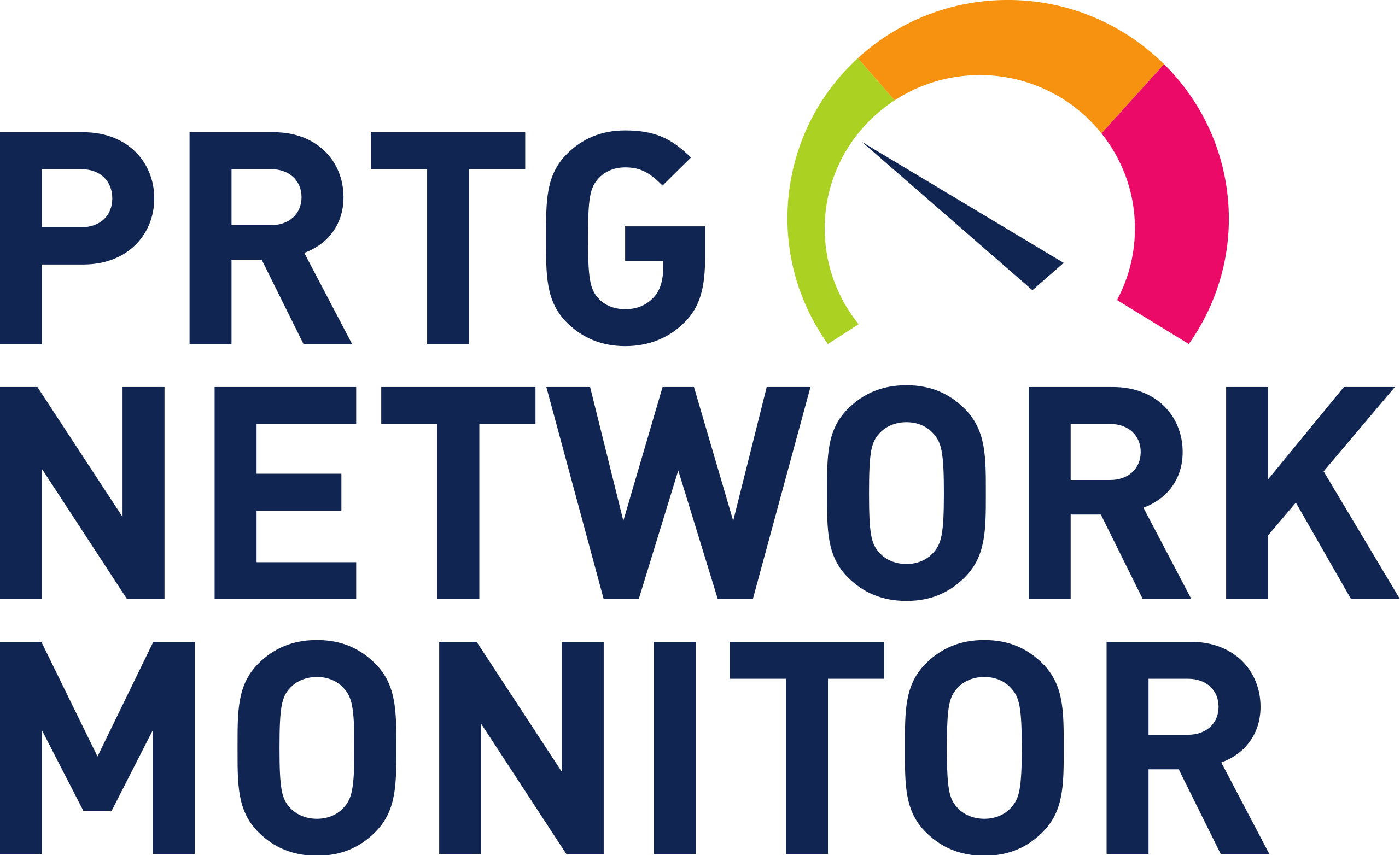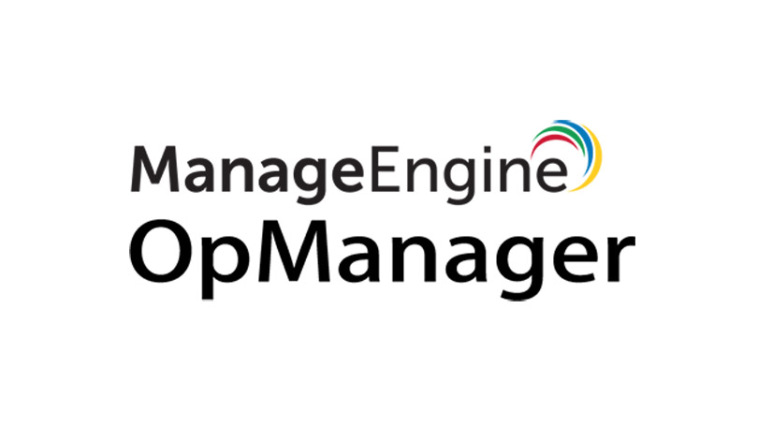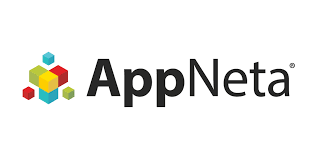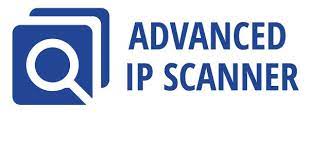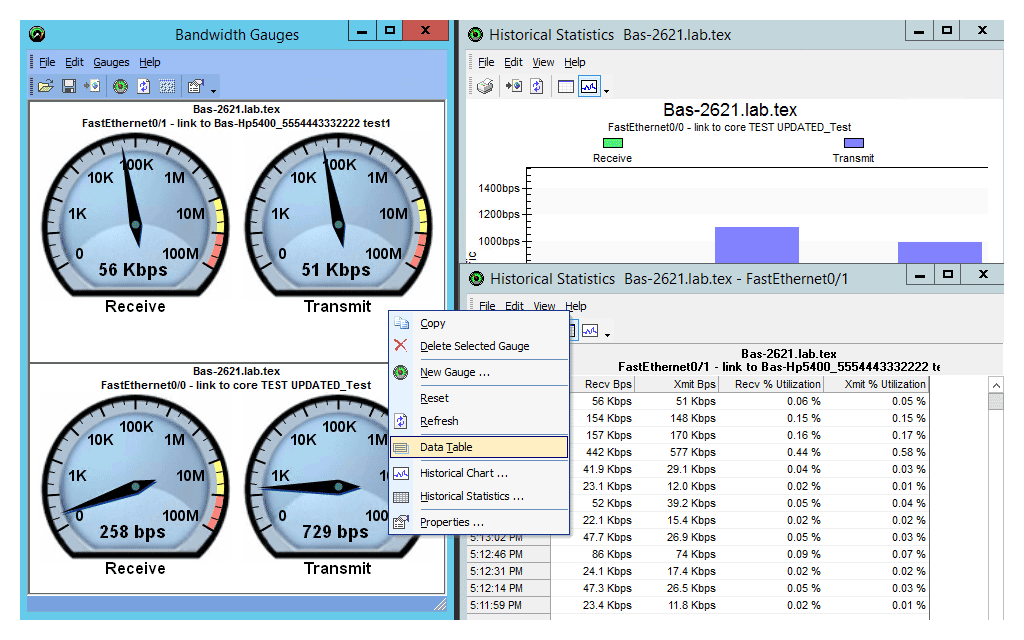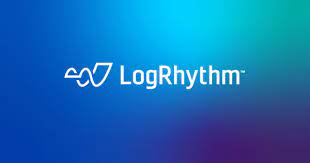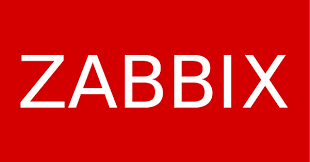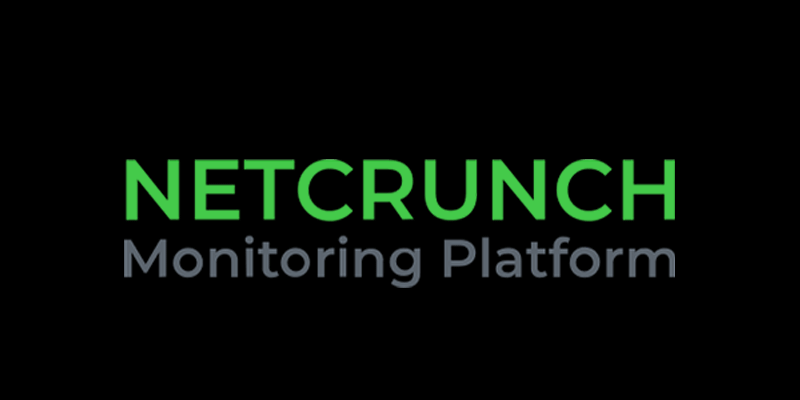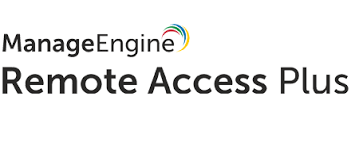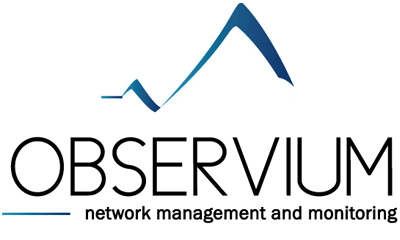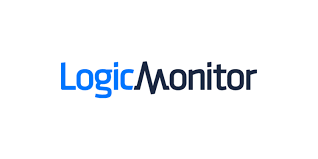This article is for you if you’re seeking open-source and cost-free Network Monitoring Software free for Windows. Since it helps keep systems operating normally, monitoring is highly important. Even if it might be challenging, IT infrastructure monitoring must be done correctly. Selecting a network monitoring software might be challenging due to a large number of software providers. Are you trying to find network monitoring software that can meet the needs of your company? After a lot of research, we’ve put together a list of some of the best network monitoring software. The network monitoring software described above come with many different features, such as custom templates, automated network topology detection, mapping tools, reliable warning systems, and more.
Additionally, these network monitoring software free download full version can keep track of and monitor your network around the clock, alerting you often to network uptime and downtime. Look through the list of network monitoring systems below and choose a network monitoring software that is ideal for your company. Windows best network monitoring tools free comes in a variety of open-source and free options.
15 Best Network Monitoring Software 2022 – TechSight
For servers, systems, apps, websites, security, and other frameworks, there are free home network monitoring software windows 10 available. Despite this, cost-effective monitoring software is readily accessible. After that, let’s examine the top 15 network monitoring software for Windows and how they work.
The Features of a Desirable Network Monitoring Software
As newer versions of the network monitoring tools open source below are likely to be released over the years, we’ll try to keep this article as updated as possible with new feature sets and improvements as they are released. The features listed above were all major points of interest when evaluating software suites for this article.
What qualities should network monitoring software have?
We looked at the market for network monitoring software and used the following criteria to judge the products:
- An automated program that can do unattended free network monitoring tools for windows
- A device discovery process that generates an asset inventory automatically
- A network mapping service that displays real-time gadget status.
- Alerts for when issues occur The capability of using SNMP to connect with network devices.
- A demo or free trial for a cost-free evaluation Value for money in a bundle that offers an affordable network monitoring system for all network devices.
With these selection criteria in mind, we have made a short list of useful home network monitoring tools for all operating systems.
#1. Paessler PRTG Network Monitor
One of the top 15 free network monitoring software for Windows, Paessler PRTG, has great network monitoring tools. For network monitoring, PRTG also offers WMI and SNMP packet sniffing. If you’ve ever used PRTG, you’ll concur with me that it may occasionally be challenging to keep track of what’s occurring in your network. But you may simply alter it so that it just warns you about serious problems with your neighborhood’s infrastructure.
Pros
- Advantages of PRTG Network Monitoring
- It offers reports that may be scheduled in HTML, XML, CSV, and PDF.
- automatic discovery through an IP range.
- Network monitoring using SNMP, WMI, and NetFlow.
- NetFlow evaluation.
- VMware and cloud monitoring.
Cons
- The Drawbacks of PRTG Network Monitoring
- Only the first 30 days after signing up may be used with the free trial version.
#2. ManageEngine OPManager
One of the top 15 Windows network monitoring software is ManageEngine OP Manager. This network monitoring tool is especially useful for network managers because it was made with care. As a result, they can quickly identify subpar performance in a large network. Its user dashboard is always up-to-date, so the user can see important information like which devices are connected to the network.
Pros
- Benefits Dashboard customization is simple for users.
- The virtualization is excellent.
- Because of its distinctive scalability, it is beneficial for both small and large businesses.
Cons
- All of the advanced ties are subject to premiums, and these premiums are rather pricey.
#3. AppNeta PathTest
AppNeta is a free network volume testing tool that helps find out how much a network can really handle. You can easily configure the test to last a maximum of 10 seconds when using AppNeta. The advanced layers 3 and 4 of the user’s network, which are also used, show exactly what the network can do at its best.
Pros
- It allows for 4-dimensional monitoring.
- It features a mechanism for continual assistance.
- adoption of clouds.
- monitoring the application delivery path continuously.
- increased productivity and quicker ROI.
Cons
- Since the enterprise license is fairly pricey, not many people can afford it.
#4. Famatech Advanced IP Scanner
With the Famatech Advanced IP Scanner, you can monitor networks and scan devices on LAN networks for free. The sophisticated IP Scanner lets you scan network devices and take remote control of PCs and other resources that are linked to them. Users may also use it to turn off computers from the tool, particularly if the resource is not being used. Lastly, you can control the IPs from anywhere because the tool works with Radmin, a remote IT administration tool from Famatech.
Pros
- It shows the data from linked PCs.
- a switch to turn on and off.
- Dependable customer service to assist you with any software-related problems.
- able to work with other software.
- Select IP ranges for analysis.
Cons
- In comparison to other high-end software, it lacks reliability and power.
#5. SolarWinds Real-Time Bandwidth Monitor
Windows users can use the free and open-source SNMP bandwidth network monitoring software. The user of the program may view real-time and displayed graphs of your network bandwidth. So, the tool sends you an alert when the amount of bandwidth being used gets too high. This lets you know when there isn’t enough bandwidth.
Pros
- Despite having many functions, it is simple to use.
- excellent network visibility software.
- Smart dashboard, simple to use, all nodes or interfaces, effective alert and report mechanisms, SQL-based database.
- Thanks to the great dashboards, users can quickly and effectively figure out what’s wrong with the network, right down to the node.
Cons
- Stunning dashboards are available.
- I have speedy and effective network troubleshooting abilities, down to the node level.
- The price of the fundamental elements can rise fast and is highly costly.
#6. LogRhythm NetMon Freemium
LogRhythm NetMon Freemium is a free version of LogRhythm NetMon that has the same network monitoring software features as the paid version. Even though it has limits, which aren’t an issue with the full version, it can still let you know if there are any threats to your system.
Pros
- The dashboard is excellent.
- Installing it on a Windows device is simple.
- They already have templates for the components that should be seen in a device.
Cons
- The full-featured premium edition is extremely pricey.
#7. Zabbix
Zabbix is free and open-source software that offers network monitoring software services for clouds, networks, applications, and servers. Its advanced features support intelligent alerting, problem detection, as well as providing remedies. Because of this, Zabbix is used in many different industries to keep an eye on networks.
Pros
- It automatically detects network devices and any changes in device configurations.
- It is completely free of charge to use.
- Data gathering is flexible and extendable.
- It gives you notifications and alerts in different forms.
- Given it is web-based, it can be used on any operating system like Windows.
Cons
- It increases the number of configurable triggers.
- It’s quite slow.
#8. NetCrunch
NetCrunch is a product of Adrem Software. NetCrunch offers comprehensive network monitoring software through policy-based configuration, flexible virtualization, alerting, and extensive monitoring. With NetCrunch, you can monitor all your registered devices in your IT infrastructure.
Pros
- It identifies, configures, and monitors your network devices.
- It has pre-compiled SNMP MIB modules.
- It has external vendors like HP, Dell, Cisco, and several others that buyers can choose from.
Cons
- It is very expensive since the trial version can only be used for the first 30 days.
#9. Remote Access Plus
Remote Access Plus is remote support software that can be used by Windows and Linux. Remote Access Plus is mainly used by system administrators and IT desk technicians to find problems on remote computers from a remote locations. Furthermore, its advanced features help in system management, remote access control, and troubleshooting time.
Pros
- It gives you easy access to all computers within your network, despite their locations.
- It resolves issues in a very short time.
- It generates powerful reports.
- Remote shutdown
Cons
- The free version is limited to a very short period of time.
#10. SolarWinds Flow Tool Bundle
Flow Tool Bundle is a product of SolarWinds company. This open-source and free network monitoring software is compatible with the Windows operating system. The Flow Tool Bundle has the following tools: Netflow replicator, Netflow generator, and Netflow configurator. These tools aid in network testing, determining traffic levels and configuring NetFlow messaging.
Pros
- It is entirely free to use.
- network performance monitoring alerts.
- Check your network abilities.
- It replicates IPv6 and IPv4 flow data to multiple locations.
Cons
- The Network Bandwidth Analyzer Pack with the extra features is a premium tier.
#11. Observium
Observium is among the 15 best open source network monitoring software for Windows. Observium can be used in any organization since it can serve both small and large organizations. This network monitoring software mainly uses SNMP as its main protocol to collect network connections, although it also uses EPD, CPD, FPD, and LLDP as well. Using the SNMP protocol that Observium uses, users are able to automatically locate devices throughout their networks. Furthermore, it also supports other operating systems such as Linux, Dell, HP, and Cisco.
Pros
- The community version is completely free.
- Automatic device recognition
- Auto-discovery and network mapping
- Its threshold alerts help users monitor their devices.
Cons
- Its professional version is quite expensive at $266 per year.
#12. Icinga 22
Icinga 2 is one of the most popular and among the best open-source network monitoring software tools. Icinga also uses SNMP as well as direct monitoring to collect data from all devices active in a particular network. Its user interface is secured with SSL. Additionally, its open-source user interface is generally clean. Icinga’s unique plugins are compatible with both Windows and Linux operating systems.
Pros
- It has its own alerting system that notifies the user by email or text message of any networking event.
- It is completely free.
- Its REST API makes it easy to update configurations and also check on the available problems.
- The plugins make it possible for customization.
Cons
- Its REST API is a bit complex, so users might need guidance to use it.
#13. Logic Monitor
Logic Monitor is also among the 15 best open-source network monitoring software that can be used by Windows users. This SaaS product automatically finds all the connected devices in a network and starts collecting information from them. Its simple user interface makes it very easy to use. First-time users don’t need to worry since Logic Monitor has over 1000 modules to guide them with activation. The logic monitor has three tiers, namely the Starter, Pro, and Enterprise versions.
Pros
- Built-in forecasting shows future usage requirements.
- It allows the transfer of network data and displays it in color-coded graphs.
- Automatic discovery of devices
- simple user interface.
Cons
- The free option (trial period) is only limited to 14 days.
#14. EventSentry
EventSentry is currently widely used due to its unique features, making it a feature in the list of the 15 best network monitoring software. It gives its users a complete suite through which they can monitor their entire network system, from nodes to devices and servers. Currently, EventSentry is limited to Windows devices only. However, the full version is priced at $85 per Windows device.
Pros
- It gives visual displays and graphs of the reports.
- suitable for large enterprises because they are supported through the use of scheduled reporting.
- The ability to check NetFlow data as well as show the bandwidth usage
- It has a simple user interface that can be easily customized.
Cons
- It is very expensive as compared to other network monitoring software.
#15. Kaseya Traverse
Kaseya Traverse is a cloud-based network monitoring tool that has the ability to monitor distributed network infrastructure, hybrid clouds, private clouds, and virtualized infrastructure. Furthermore, it uses LAG, ARP, LLDP, CDP, EDP, and GVRP to help in discovering the active devices within a network.
Pros
- It offers real-time and historical reporting.
- It supports sFlow, NetFlow, cFlow, and JFlow network monitoring protocols.
- It has a customizable user interface.
- It also offers network flow analysis.
Cons
- Its trial version is limited to a short period of time.
Final Words
It is our hope that this article will save you the struggle of choosing the best network monitoring software that will give you the best results. This article was written to assist you in locating the best network monitoring software for your IT infrastructure and business, ranging from specialized IP scanners, packet sniffers, and NetFlow analyzers to real-time alerting systems and unified network monitoring software suites. All the best in your search and feel free to share this article with your friends.



